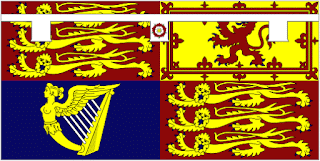 |
A Caricature of Richard Dowse, by Ape,
published in Vanity Fair in 1871 |
An extract from Chapter XVI of The Years of my Pilgrimage, by the Rt Hon Sir John Ross Bt, last Lord Chancellor of Ireland:-"It was several years before I learned the first duty of a Judge, and that is, to hold his tongue on the Bench.
There is a great temptation to be facetious in the presence of a most appreciative audience, but in the case of the ordinary Judge, it is well to resist the temptation.
The parties interested in the matter look upon the hearing as very serious affair; their whole future and the future of their families may depend on the result; their minds have been obsessed by it night and day for many months.
To find the presiding Judge treating it all as a subject for jesting, disturbs them and weakens their confidence in the administration of the law.
On the other hand, where you have Judges like the late Baron Dowse, or Lord Darling, with such an intense sense of humour, the case is different.
The jests pour out naturally and spontaneously; the Judge would not be himself at all, if he were compelled to refrain.
The litigants soon get to understand in such cases, and do not resent it."




